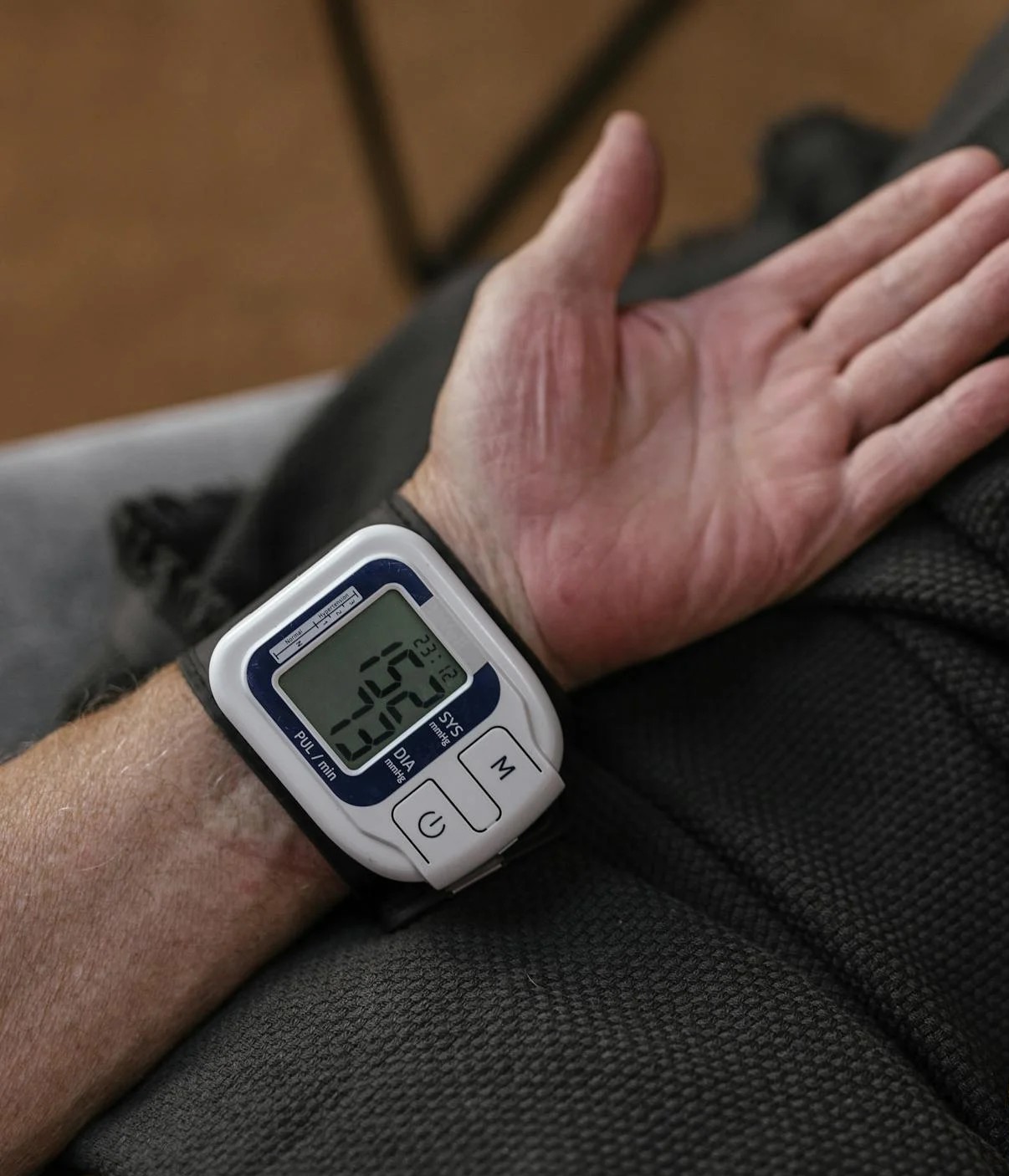

Caution advised toward ‘cuffless devices’ BP readings
Someday soon, experts say, people with hypertension will be able to rely on a wearable device like a smartwatch or smartphone to give an accurate measurement of blood pressure.
But we’re not there yet.
So said an international panel of researchers in a paper published April 23 in JAMA Cardiology. The panel drew a bold line between validated blood-pressure cuffs used by clinicians and the cuffless consumer devices — phones, watches, rings, patches and more — that have proliferated in recent years to put digital health data in everyone’s hands.
“Cuffless BP devices must have the same accuracy level as cuff BP devices deployed in medical settings or they should not be used at all,” the paper declared.
Dr. Eugene Yang, the lead author and a professor and cardiologist at the University of Washington School of Medicine, gave context.
“The consumer market for these devices is well established. Companies have already received FDA clearance as well as European CE marks for these devices. The problem is that they have not been appropriately validated. We all need to take a step back and understand that these devices cannot accurately measure blood pressure or diagnose hypertension or determine when to prescribe a medication,” Yang said.
He hoped the paper would give guidance to doctors, patients, device makers, inventors, and other stakeholders caught in the growing wave of public interest in monitoring personal health.
High blood pressure, or hypertension, is the most important modifiable risk factor for cardiovascular disease and death. Blood pressure is officially measured in millimeters of mercury (mmHg) because the earliest device used to measure it, the sphygmomanometer, used mercury, a highly toxic metal, enclosed in a glass tube.
The blood pressure cuffs in clinics today are mercury-free. These automated devices use inflatable cuffs to detect subtle vibrations or “oscillations” in your arm’s brachial artery. These devices technically do not measure blood pressure but rather convert that oscillation data into a digital estimate of blood pressure, Yang said.
Following that lead, consumer wearable devices are employing nascent technologies, including artificial intelligence, to create estimates of blood pressure.
For instance, a smartwatch has sensors that detect changes in blood volume in vessels that lie underneath it. A manufacturer would combine this data with proprietary algorithms to estimate blood pressure.
The problem, the authors pointed out, is that these varied technologies and their calculated BP estimates cannot be validated for their performance against the current standard measure of cuff devices. Simply said, the devices’ data-gathering approaches are so varied — and so different from that of oscillometrics cuffs — that one validation protocol can’t readily be applied to all.
A device that doesn’t offer a validated representation of blood pressure can pose problems for patients, Yang said.
“If the device is underestimating BP, that may give someone a false sense of security and lead them to think their blood pressure is great when, in reality, it might be 20 points higher. Conversely, a device may overestimate BP and then patients may get stressed out unnecessarily,” he said.
“If patients are concerned, I tell them to purchase a validated cuffed device and give them instruction on how to measure their blood pressure accurately.”
But Yang and his coauthors also recognize that the train of public interest in personal health details and devices has left the station.
“Right now, we are emphasizing caution by consumers,” he said. “But to the extent that these devices can improve people’s health behaviors and outcomes, our motivation is to help create a workable path for devices to earn validation.”
Yang pointed out a resolution in the works: The European Society for Hypertension has recently published validation protocols for cuffless devices, as well as recommendations for testing the devices. Other organizations are also stepping forward to create standardized protocols.
“I’m very optimistic about the future. AI is driving these technologies, and more data will lead to better estimates of blood pressure. It’s just a matter of time.”